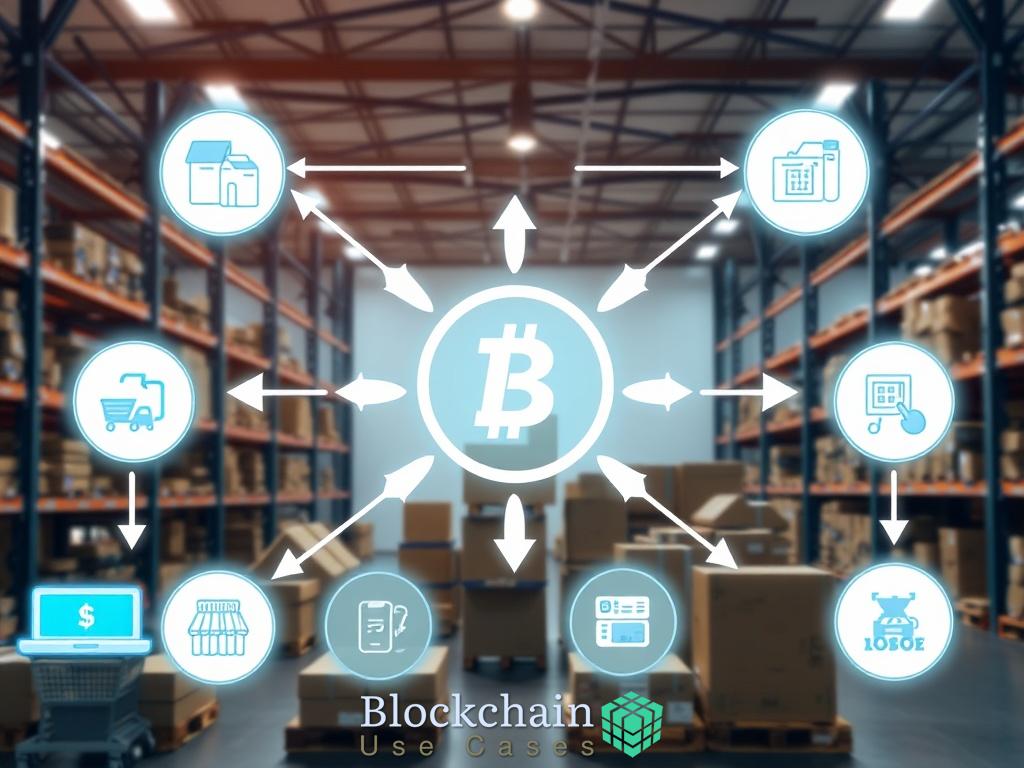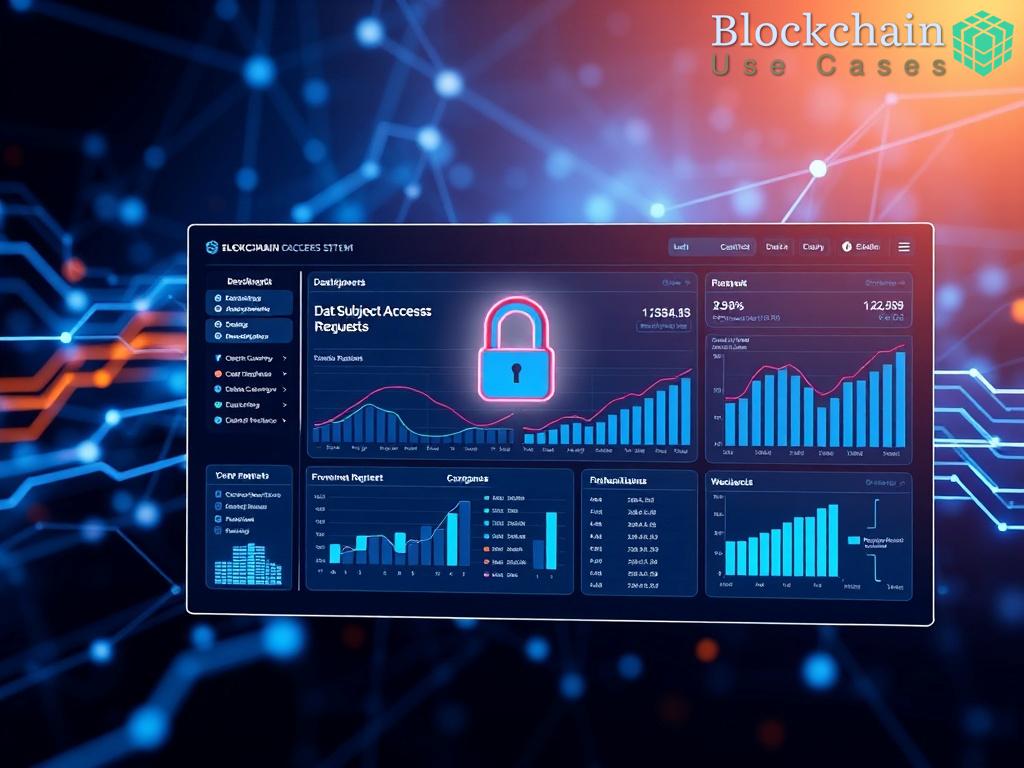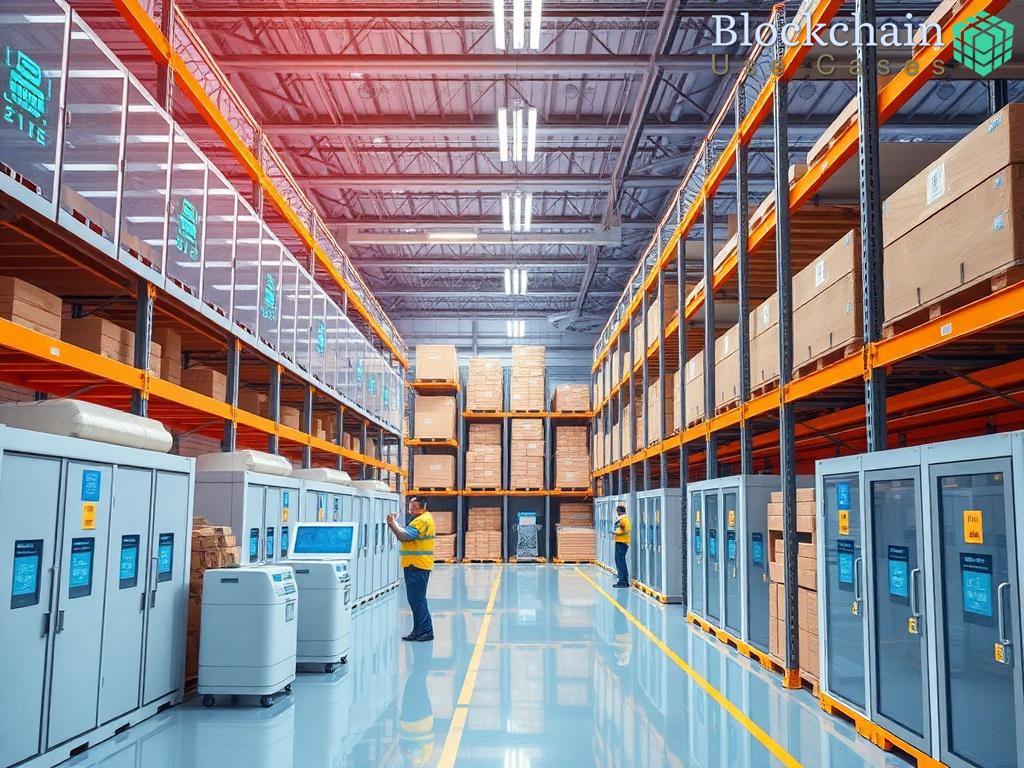Enhancing Transparency in Reverse Logistics

In the rapidly evolving landscape of e-commerce, managing returns and reverse logistics poses significant challenges for retailers. The integration of blockchain technology into these processes not only enhances operational efficiency but also fosters trust among consumers. By providing an immutable record of transactions and movements, blockchain empowers companies to gain unprecedented visibility into their supply chains. This article explores how blockchain can enhance transparency in reverse logistics, transforming the way returns are handled and improving customer satisfaction.
One of the core benefits of blockchain technology is its ability to maintain immutable records of transactions. In reverse logistics, this means that every return, refund, and exchange is documented on a decentralized ledger that cannot be altered or deleted. This transparency allows stakeholders—ranging from retailers to consumers—to track the status of returned items in real-time. Furthermore, customers can verify the authenticity of their purchases, reducing the prevalence of fraud and enhancing their overall shopping experience.
To fully understand the impact of blockchain on reverse logistics, it is essential to highlight its key features. Below is a list of significant advantages that blockchain technology brings to the table:
- Real-time Tracking: Blockchain enables real-time monitoring of returned products, providing instant updates to all parties involved.
- Enhanced Accountability: With every transaction recorded, accountability is increased, ensuring all stakeholders adhere to agreed-upon processes.
- Streamlined Processes: The automation of various steps in the return process minimizes delays, making reverse logistics more efficient.
- Cost Reduction: By reducing fraud and improving efficiency, blockchain can lead to significant cost savings for retailers.
- Improved Customer Experience: Enhanced transparency and faster processing times lead to higher customer satisfaction.
As e-commerce continues to grow, retailers must adapt to the increasing complexities of reverse logistics. Blockchain offers a collaborative platform where various stakeholders, including suppliers, retailers, and logistics providers, can share information seamlessly. This collaboration not only improves operational efficiency but also promotes sustainable practices by reducing waste and optimizing resource use. By leveraging blockchain technology, retailers can create a more transparent and efficient reverse logistics network that benefits all parties involved.
Streamlining Returns Processing through Smart Contracts
In the dynamic realm of e-commerce, the efficiency of returns processing is crucial for maintaining customer satisfaction and operational effectiveness. Smart contracts, powered by blockchain technology, represent a transformative approach to managing returns by automating and streamlining various aspects of the returns process. This innovative solution not only minimizes human error but also expedites the overall return cycle, allowing retailers to respond promptly to customer needs.
Automated Compliance and Approval Workflows are at the heart of smart contracts, enabling automatic execution of predefined agreements without the need for intermediaries. When a customer initiates a return, the smart contract can automatically verify the transaction details against the original purchase. By assessing conditions such as the return window, item condition, and return authorization, the contract executes relevant actions—such as issuing a refund or scheduling a pickup. This automation drastically reduces processing times and enhances the overall customer experience.
Reducing Disputes and Enhancing Accountability is another significant advantage of utilizing smart contracts in managing returns. By clearly outlining the terms and conditions of returns directly on the blockchain, all parties involved have access to an unalterable record of the transaction. This transparency fosters trust and minimizes disputes, as both the retailer and the customer can refer to the same information regarding return eligibility and processes. As a result, this not only smoothes the returns journey but also strengthens the relationship between consumers and retailers.
Real-time Data Access and Improved Inventory Management are also key benefits of integrating smart contracts into the returns processing workflow. With real-time insights into returned items, retailers can better manage their inventory, making informed decisions about restocking or refurbishing products. This data-driven approach allows e-commerce businesses to optimize their resources, thereby reducing waste and maximizing profitability. Moreover, the ability to track the status of returns in real-time keeps customers informed and increases their confidence in the retailer’s commitment to quality service.
In summary, smart contracts significantly enhance the returns processing landscape within the e-commerce sector. By automating workflows, reducing disputes, and providing real-time data access, these blockchain-based solutions pave the way for more efficient and transparent reverse logistics operations. Retailers who adopt smart contracts not only gain a competitive edge but also foster long-lasting relationships with their customers, ultimately driving loyalty and satisfaction.
Improving Inventory Management with Blockchain

In the fast-paced world of e-commerce, effective inventory management is pivotal to maintaining competitiveness and customer satisfaction. As companies grapple with the complexities of returns and reverse logistics, integrating blockchain technology emerges as a promising solution to enhance inventory processes. By providing real-time data and transparency, blockchain empowers retailers to make informed decisions, thereby optimizing their inventory management strategies.
Real-time Visibility into Inventory Levels is one of the primary advantages of utilizing blockchain in managing inventory. With a decentralized ledger, all parties involved in the supply chain—manufacturers, retailers, logistics providers, and even consumers—can access up-to-date information regarding stock levels. This visibility ensures that retailers are always aware of available inventory, facilitating timely replenishment and reducing the risk of stockouts. With accurate data at their fingertips, businesses can align their inventory levels with actual consumer demand, leading to improved sales and reduced holding costs.
Moreover, enhanced traceability of returned items plays a crucial role in refining inventory management. Blockchain enables retailers to track the journey of returned products from the moment they are initiated until they are either restocked or discarded. This detailed tracking allows businesses to analyze return patterns, identifying products that frequently come back and the reasons behind these returns. By understanding these trends, retailers can take proactive steps to address underlying issues, such as quality concerns or misleading product descriptions, ultimately reducing return rates and improving customer satisfaction.
Furthermore, the integration of smart contracts within the blockchain framework allows for automated inventory updates. When a return is processed, the smart contract can immediately update the inventory records, indicating that the item is back in stock or needs refurbishing. This automation minimizes manual entry errors and delays, ensuring that inventory records are always accurate and reflective of the current stock status. As a result, retailers can maintain a lean inventory, optimizing storage space while meeting customer demands efficiently.
As organizations strive for operational excellence, leveraging blockchain technology to enhance inventory management could serve as a game changer in the realm of e-commerce. By facilitating real-time visibility, traceability, and automation, blockchain not only streamlines inventory processes but also fosters a more responsive and agile supply chain. Embracing these innovations positions retailers to thrive in an increasingly competitive marketplace, ultimately leading to greater profitability and customer loyalty.
Reducing Fraud in Return Transactions
In the realm of e-commerce, the convenience of returns can often lead to abuse by a small percentage of customers who exploit lenient return policies, resulting in significant financial losses for retailers. By employing blockchain technology, businesses can establish a robust framework designed to mitigate fraudulent return transactions, thereby protecting their bottom line while preserving positive customer relations. This section delves into how blockchain enhances the integrity of return transactions and reduces the incidence of fraud.
One of the most impactful advantages of blockchain technology is its ability to verify authenticity and ownership of products. Each transaction is recorded on a decentralized ledger, creating an immutable record that can be accessed by all stakeholders. This transparency helps retailers confirm whether returned items were legitimately purchased and are eligible for return.
- Verification Process: When a customer initiates a return, the system checks the transaction history against the blockchain record to ensure that the item was indeed purchased by the user. This verification drastically reduces instances of customers attempting to return stolen or counterfeit goods.
- Unique Identification: Leveraging unique identifiers for products on the blockchain allows retailers to track each item’s journey through the supply chain. This not only enhances traceability but also aids in identifying patterns of fraudulent behavior.
Alongside authenticity verification, blockchain technology provides heightened security for sensitive transaction data. With its decentralized nature, it limits access to authorized parties, ensuring that only legitimate transactions are processed.
Moreover, blockchain’s cryptographic features safeguard transaction details from tampering, thus maintaining the integrity of return data. Stakeholders can rest assured that the information pertaining to returns is accurate and reliable, significantly deterring fraudulent activities.
| Fraud Prevention Techniques | Traditional Methods | Blockchain Methods |
|---|---|---|
| Manual Verification | Time-consuming and prone to human error | Real-time automated verification of transactions |
| Limited Visibility | Restricted access to transaction history | Decentralized ledger accessible to all authorized parties |
| Fraudulent Returns | Higher rates of returns for stolen or counterfeit items | Enhanced tracking and verification of ownership |
By implementing blockchain technology, retailers not only shield themselves from fraudulent activities but also foster a culture of trust with their customers. Knowing that their return transactions are recorded transparently serves to enhance customer confidence in the retailer’s commitment to security and fairness.
Ultimately, reducing fraud in return transactions through blockchain technology not only safeguards retailers’ revenues but also reinforces customer loyalty, leading to a more sustainable e-commerce ecosystem. As businesses continue to navigate the complexities of reverse logistics, the integration of blockchain will undoubtedly play a pivotal role in shaping the future of returns management.
Facilitating Cross-Border Returns with Decentralized Systems
The rise of global e-commerce has revolutionized the way consumers shop, but it has also introduced complexities, particularly in managing returns. Cross-border returns present unique challenges, from varying regulations to logistical hurdles. However, the integration of blockchain technology offers a powerful solution that can transform these challenges into streamlined processes. By leveraging decentralized systems, retailers can enhance transparency, efficiency, and customer experience when handling returns across international borders.
Streamlined Processes Through Decentralization is one of the most significant advantages that blockchain provides in the realm of cross-border returns. Traditional return processes often involve numerous intermediaries, each adding layers of complexity and potential delays. With blockchain, the entire return transaction is recorded on a single, immutable ledger accessible to all relevant parties. This transparency allows for quicker verification of transactions, as all stakeholders—from retailers to logistics providers—can access real-time information regarding the status of returned goods. Consequently, this reduces the time it takes for returns to be processed, enabling retailers to maintain customer satisfaction even in a global context.
Compliance and Regulatory Navigation is another critical aspect where blockchain technology shines. Each country has its own regulations regarding returns, which can create confusion and hinder efficient processing. Blockchain systems can be programmed to include regulatory requirements specific to each region. As a result, when a return is initiated, the system can automatically apply the right compliance protocols, ensuring that all necessary documentation is prepared and that the return adheres to local laws. This not only simplifies the returns process for retailers but also builds trust with consumers who expect seamless cross-border transactions.
Moreover, enhanced traceability offered by blockchain technology plays a vital role in cross-border returns. Each product’s journey can be tracked from the moment it is shipped to the point it is returned. This detailed tracking not only aids in identifying the location of the returned item but also provides valuable insights into return patterns. Retailers can analyze which products are frequently returned and understand the reasons behind these returns, allowing them to make informed decisions that improve product offerings and reduce return rates. This level of insight is essential for driving operational improvements and enhancing customer loyalty.
In summary, the incorporation of blockchain technology into managing cross-border returns stands to revolutionize the e-commerce landscape. By facilitating streamlined processes, ensuring compliance, and enhancing traceability, decentralized systems empower retailers to navigate the complexities of international returns with confidence. As businesses continue to adapt to the evolving e-commerce environment, embracing blockchain solutions will be pivotal in fostering a more efficient, transparent, and customer-centric approach to reverse logistics.


















